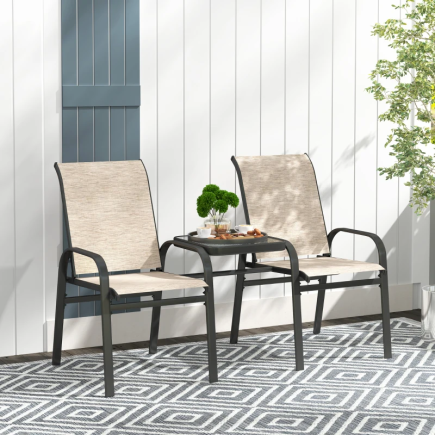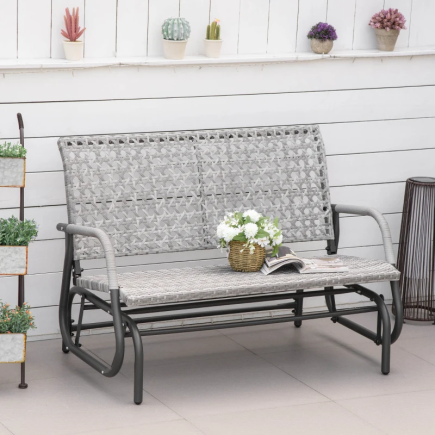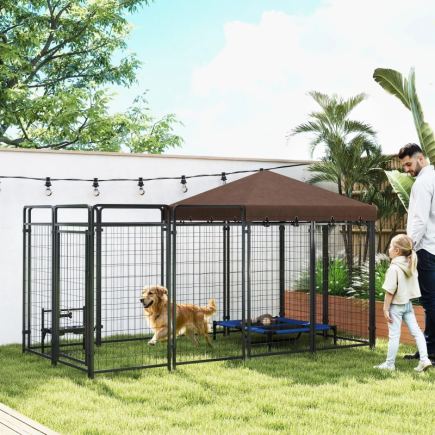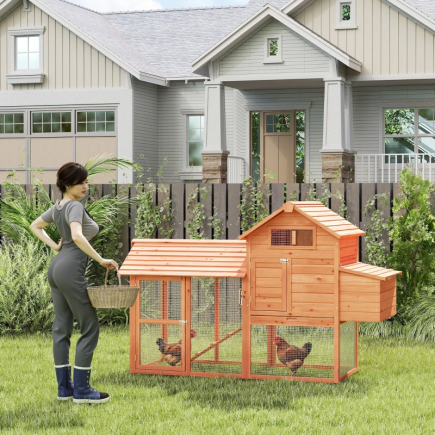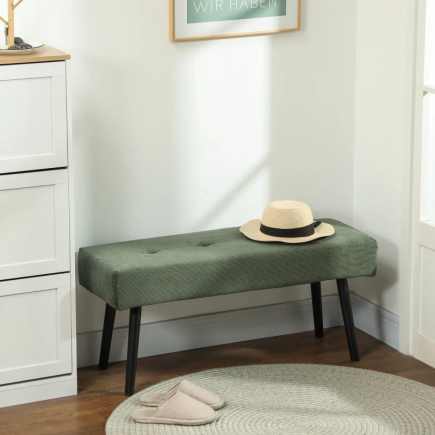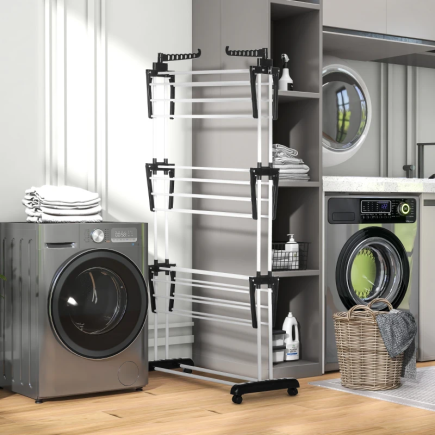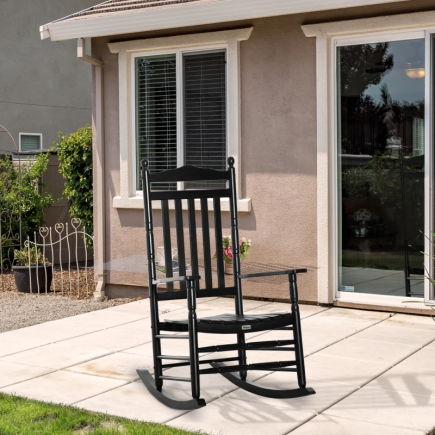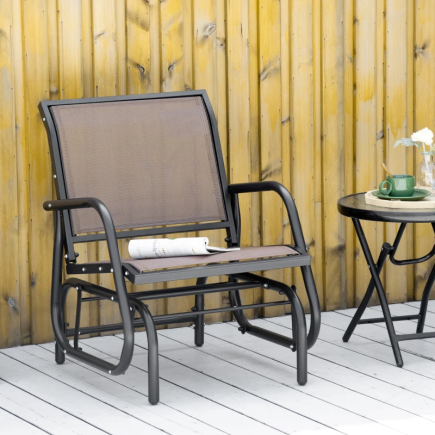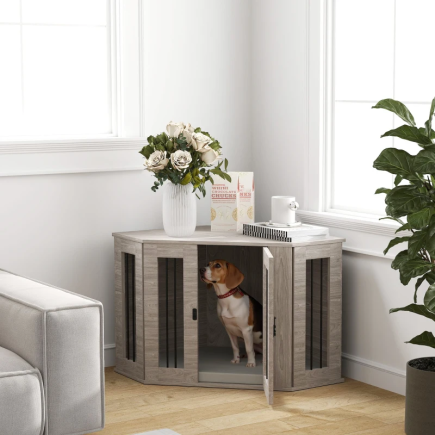Choosing between a real or artificial tree is no longer a simple matter of tradition. As holiday decorations have become more about ease, style, and sustainability, artificial trees, particularly non-lit ones, are increasingly becoming the preferred option. While they still require care, their overall advantages make them a practical long-term solution for modern homes.

This article covers the most important reasons why artificial trees outperform real ones when it comes to maintenance, durability, cost, safety, and environmental responsibility.
Setup and Storage: Which Is More Convenient?
When it comes to assembly and cleanup, artificial trees have a clear advantage. Most come in two or three sections, with labelled trunks and foldable or hinged branches. They’re designed for tool-free setup and can typically be assembled in 15 to 20 minutes. After the season, they break down neatly into a box or tree bag for compact storage.
Real trees require a different level of effort. You need to transport them from a farm or lot, trim the trunk to fit a stand, and carefully position them upright. Once the holidays are over, disposal becomes another task dragging the tree outside, sweeping up fallen needles, and arranging for pickup or drop-off.
For those short on time or energy, artificial trees offer a simpler and faster process from start to finish.
Seasonal Maintenance and Daily Upkeep
No tree is entirely maintenance-free, but artificial options demand significantly less day-to-day attention. A quick dusting before setup and some reshaping of branches is usually all it takes. With proper storage in a dry space, they can be reused for many seasons without losing their appearance.
Real trees require constant care to keep them fresh and safe. Daily watering is necessary to prevent drying, and needle shedding begins almost immediately. If not kept moist, a real tree becomes a fire risk especially with added lights. You also have to watch for sap leaks and potential pest infestations.
If your priority is low-effort decorating, an artificial tree will better suit your needs.
Safety and Indoor Suitability

Fire safety is a major concern when placing a tree indoors. Artificial trees are typically made from flame-retardant materials, reducing the risk of accidents. They’re also free from pollen, mold, and insects common triggers for allergies or respiratory issues.
In contrast, real trees, even when freshly cut, begin to dry after a few days indoors. This not only increases the fire hazard (especially with string lights or candles nearby) but also makes them less ideal for families with allergies or asthma.
For homes with children, pets, or those prone to allergic reactions, artificial trees offer a safer, more comfortable indoor decorating solution.
Durability and Lifespan
One of the strongest arguments for artificial trees is their long lifespan. A quality model, if cared for properly, can last 10 to 15 years. The structure remains stable, the branches stay full, and colours don’t fade significantly over time.
Real trees, by nature, are temporary. Even the freshest tree begins to shed and dry out within two weeks. The longer it sits, the more fragile and messy it becomes meaning the display window is limited.
For homeowners who want to enjoy their holiday decorations from early December through the New Year without worrying about deterioration, artificial trees offer dependable durability.
Cost Comparison Over the Years
Artificial trees typically come with a higher upfront price tag ranging from $100 to $300 depending on size and design. However, that’s a one-time cost that pays off over time.
Real trees must be purchased every year. With prices averaging $80 per tree, the expense can quickly add up.
10-Year Cost Overview
- Artificial tree: $200 (average) total
- Real tree: $800+ over 10 years
For households that decorate annually or even earlier in the season artificial trees offer substantial long-term savings.
Customizing Style and Aesthetics

Non-lit artificial trees provide full decorating freedom. You can use any colour lights you prefer, change the look from one year to the next, and experiment with different ornament themes. Trees come in a variety of finishes, such as classic green, snow-dusted, or even metallic.
Real trees offer natural charm, but your choices are limited to what’s available locally. You can’t control the branch spacing, density, or shape, and adjusting the height often means cutting off part of the trunk or top, sometimes sacrificing the look.
If you like the ability to personalize your décor year after year, artificial trees provide far more flexibility.
Cleanliness and Home Maintenance
Artificial trees are cleaner by design. They don’t shed needles, leak sap, or bring in dirt and bugs. While they may release a few synthetic bristles after years of use, the mess is minimal.
Real trees are naturally messier. Needles begin falling immediately, sap can stick to hands and furniture, and insects may emerge after being indoors for a few days. Regular vacuuming and surface protection are often required throughout the season.
For households that value a tidy space, artificial trees require less cleaning and fewer precautions.
Suitability for Different Spaces

Whether you live in a compact apartment or a large home, artificial trees come in sizes and shapes to match. From slim-profile pencil trees to wide, grand designs, there’s a fit for every room layout. Some are even suitable for covered outdoor use on balconies or porches.
Real trees are naturally limited. You have to work with what you can find and what can fit through your doorway or hallway. Trimming often compromises shape, and reshaping isn’t really an option.
If space planning is important, artificial trees offer easier and more precise placement.
Consistency in Appearance
One of the frustrations with real trees is their unpredictability. One year’s tree might be full and symmetrical, while the next could be sparse, crooked, or dry. You won’t know what you’re getting until it’s already set up in your living room.
Artificial trees provide consistent results. The structure, branch spacing, and overall fullness remain the same year after year. If you’ve found a tree style that suits your home, you can count on it looking just as good every holiday season.
Environmental Considerations
At first glance, real trees seem like the greener option, they’re natural, biodegradable, and often grown on farms that replant after harvest. However, the full picture is more nuanced.
Artificial trees are made from plastic and metal, which are not biodegradable. But when used for 7 to 10 years or longer, their environmental footprint becomes smaller than that of real trees purchased annually. Real trees require yearly cutting, transportation, and disposal, and many end up in landfills rather than being composted.
Carbon Impact (Estimated)
- Artificial tree (10+ years): ~40–48 kg of CO₂
- Real tree (each year): ~3.5–16 kg of CO₂
The environmental benefit of artificial trees grows with each year of reuse especially if they are stored responsibly and donated or repurposed at the end of their lifespan.
Tradition vs. Practicality
Real trees bring warmth, scent, and a touch of outdoor charm into the home. For many, picking out a tree is a cherished tradition. However, that tradition often comes with more cost, time, and effort than many are willing or able to invest today.
Artificial trees, meanwhile, offer a balance of tradition and practicality. They preserve the festive look and feel of the holidays while simplifying setup, reducing waste, and saving money year after year.

A Reliable Choice for Modern Holidays
Artificial Trees are more than an alternative, they’re a smart choice for modern homes. They offer quick setup, minimal upkeep, and a consistent look year after year. With long-term savings, flexible style options, and a reduced environmental impact when reused, non-lit artificial trees are a practical and stylish way to decorate for the holidays.
FAQs
1. Do artificial trees come scented like real ones?
No, but you can add scented ornament sticks or essential oil diffusers to mimic the aroma of fresh greenery without the mess.
2. Can artificial trees support heavy or vintage ornaments?
Yes, many artificial models have sturdy wired branches that are well-suited to hold heavier ornaments without sagging.
3. Can real trees be reused like artificial ones?
No, real trees are single-use and need to be replaced each season, whereas artificial trees are designed for repeated use over many years.
4. Are artificial or real trees better for pet owners?
Artificial trees are safer for pets since they don’t drop toxic needles or sap and don’t require water bowls that curious animals might access.

